Space news stories
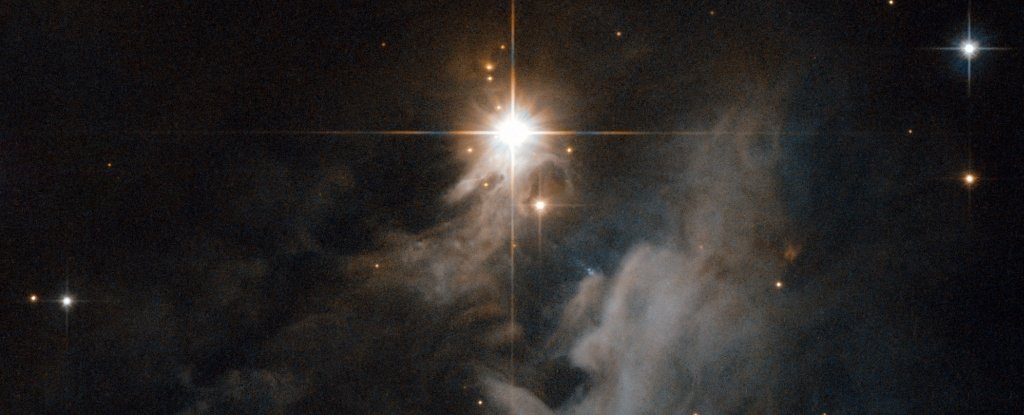
Radioactive dust deep beneath the ocean waves suggests that Earth is moving through a massive cloud left behind by an exploded star.
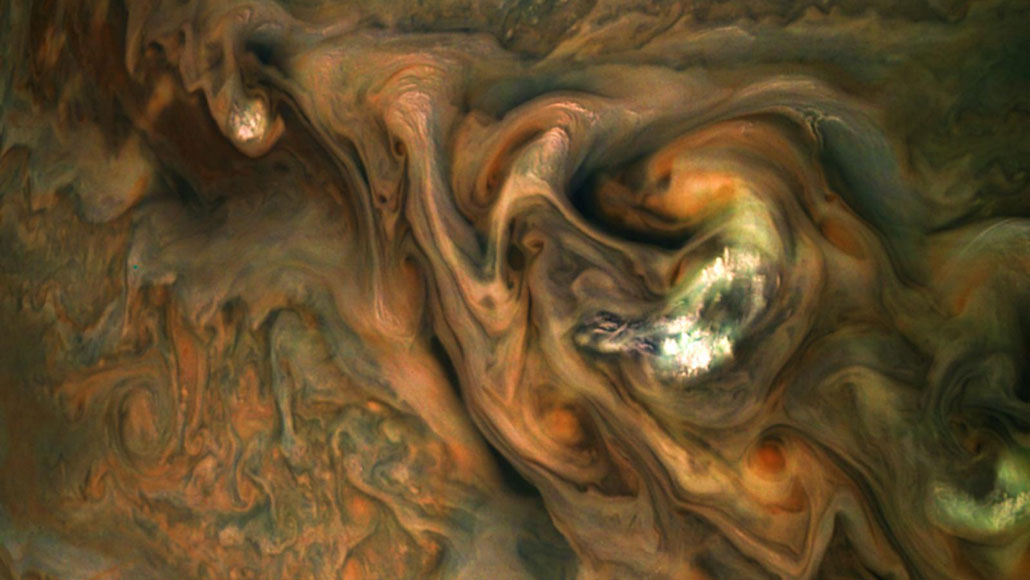
Whether they’re made of methane on Saturn’s moon Titan or iron on the exoplanet WASP 78b, alien raindrops behave similarly across the Milky Way. They are always close to the same size, regardless of the liquid they’re made of or the atmosphere they fall in, according to the first generalized physical model of alien rain.

In recent years, cosmologists have been faced with a crisis: The universe is expanding, but no one can agree on how fast it’s moving away from us.
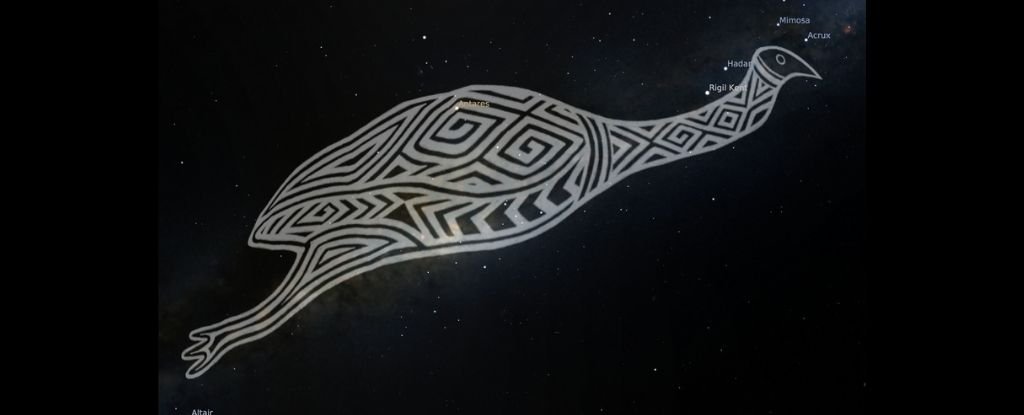
Human cultures can see the world through very different lenses, but the way we sort stars in the night sky is surprisingly universal.

The physicist on Newton finding inspiration amid the great plague, how the multiverse can unite religions, ‘reaching out to aliens is a terrible idea’ and why a ‘theory of everything’ is within our grasp.
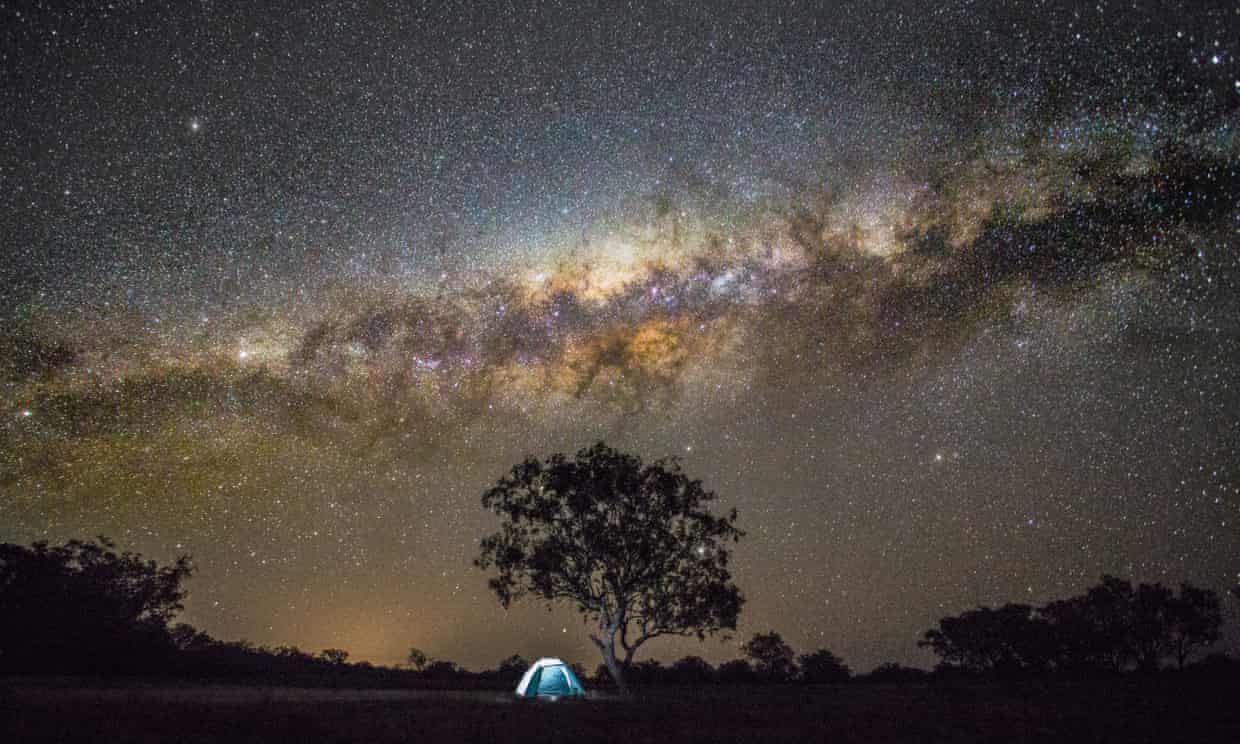
Artificial satellites and space junk orbiting the Earth can increase the brightness of the night sky, researchers have found, with experts warning such light pollution could hinder astronomers’ ability to make observations of our universe.

Chunk of space rock was once the ‘poster child for hazardous asteroids’ but it will be a while before humans need to worry about it again
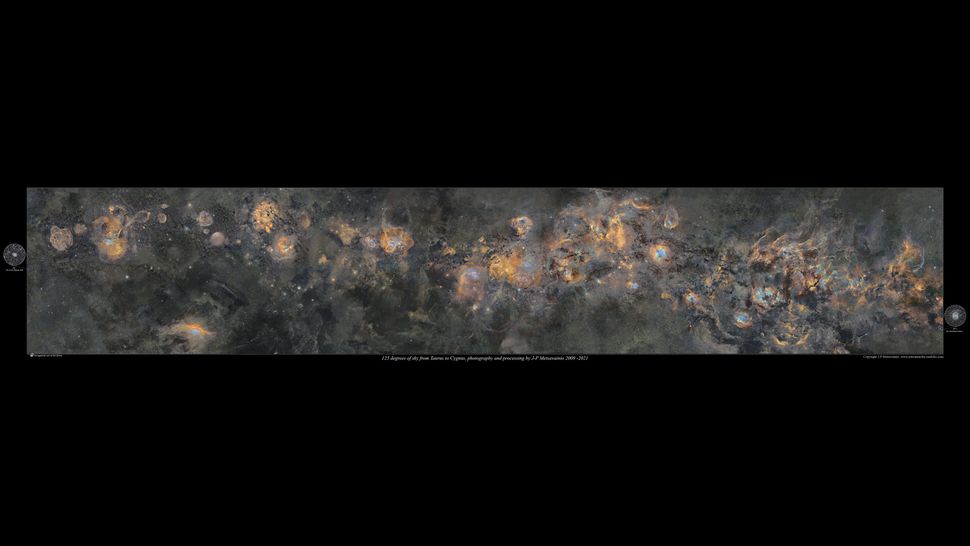
An eye-popping new image of the Milky Way took 12 years and 1,250 hours of photographic exposure to create.
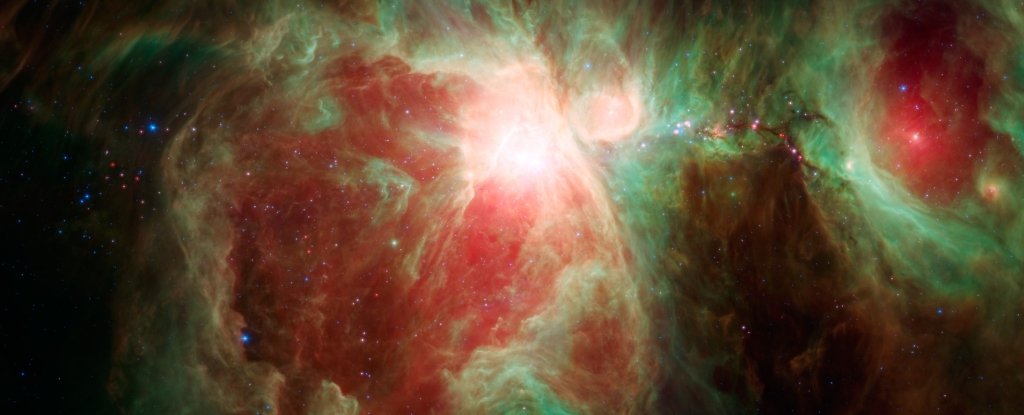
New observations from the Hubble Space Telescope show the powerful astrophysical jets and stellar winds that flow from baby stars do not have the expected effect of quenching the stellar growth process. This poses quite a significant conundrum for our models of star formation.

Our solar system’s first known interstellar visitor is neither a comet nor asteroid as first suspected and looks nothing like a cigar. A new study says the mystery object is likely a remnant of a Pluto-like world and shaped like a cookie.
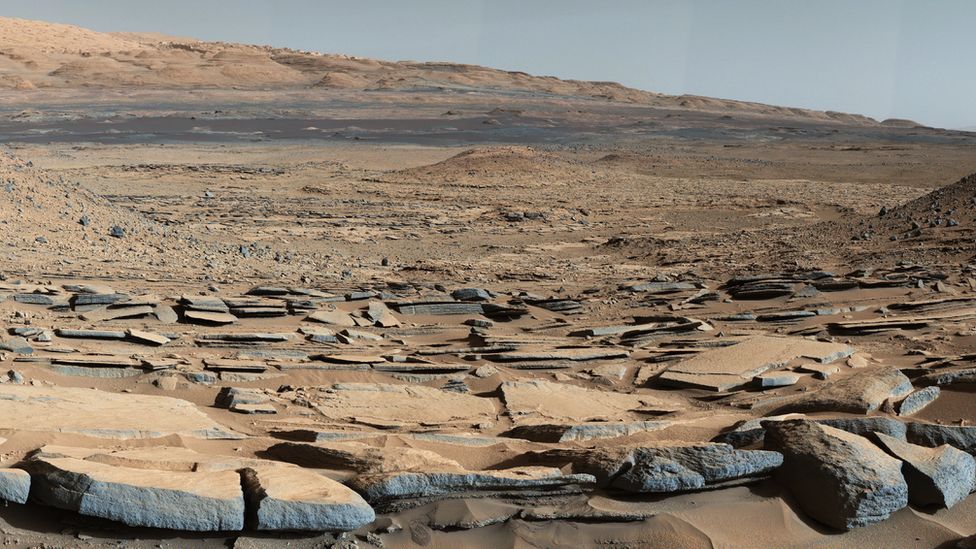
It’s a longstanding mystery: how Mars lost the water that flowed across its surface billions of years ago.
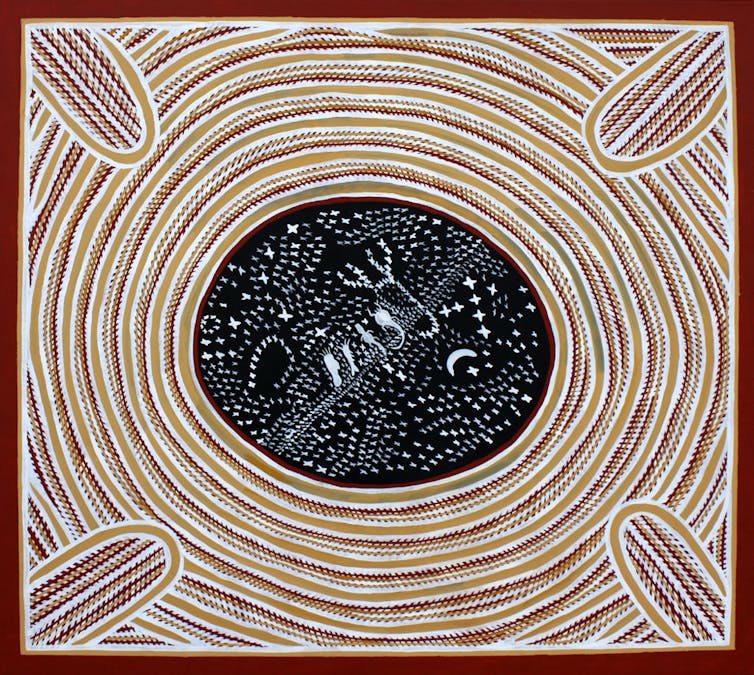
Four stars in the night sky have been formally recognised by their Australian Aboriginal names.
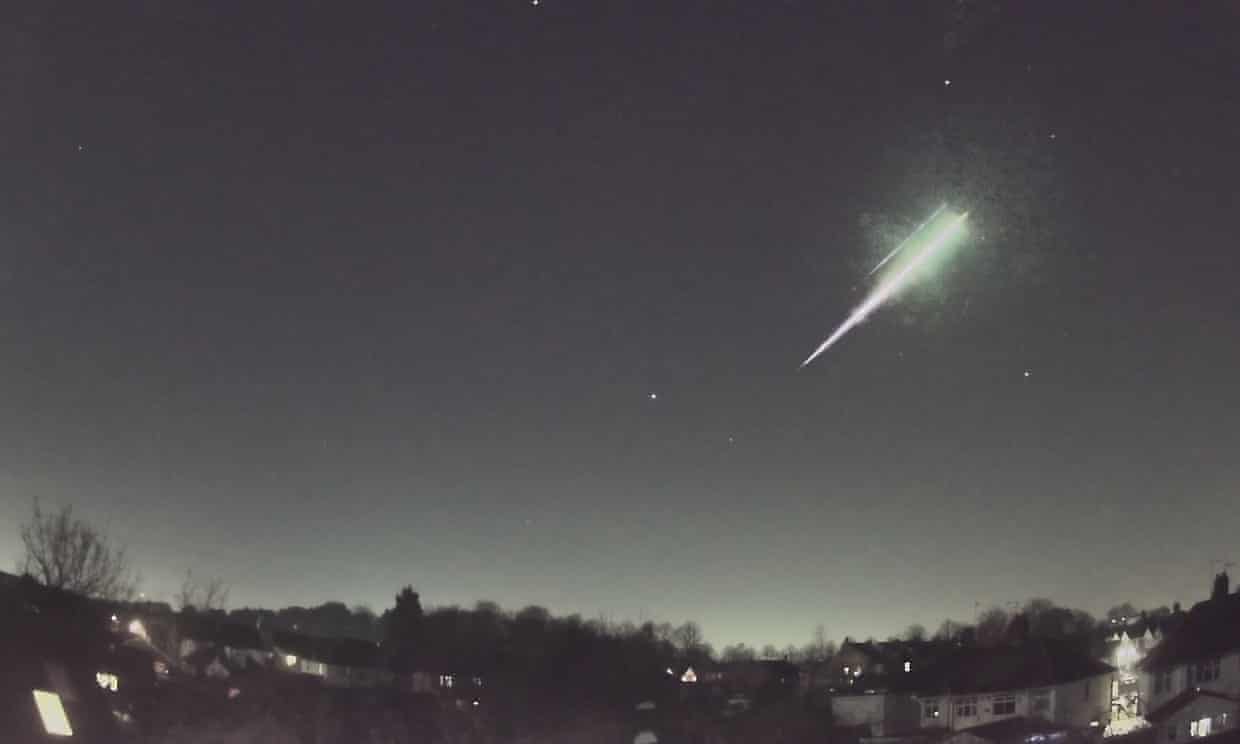
A lump of a rare meteorite that lit up the night sky over the UK and northern Europe last week has been recovered from a driveway in Gloucestershire.

Beyond Earth, the general scientific consensus is that the best place to search for evidence of extraterrestrial life is Mars. However, it is by no means the only place.

Video footage captured on security cameras shows a meteor lighting up the sky above Midsomer Norton and Bath.
Image from: Night sky near Flagstaff (Wiki Commons)
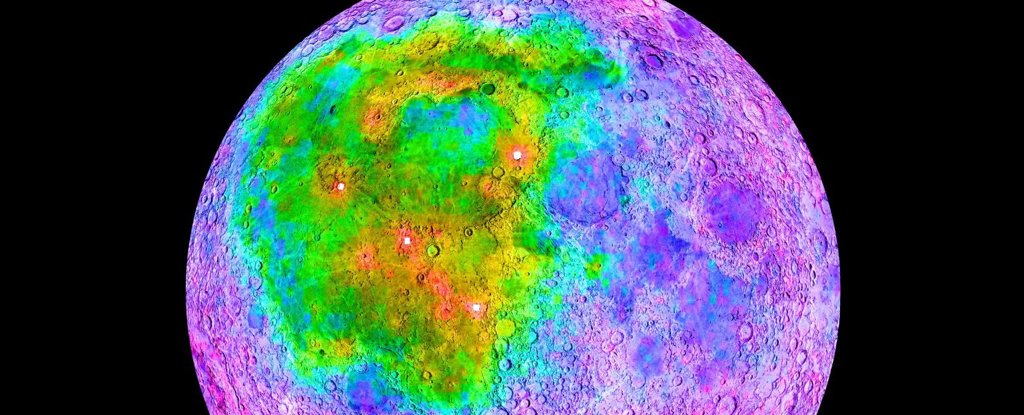
A crater that covers nearly a quarter of the Moon’s surface has revealed new information on how Earth’s natural satellite buddy formed – and the findings have tremendous implications, researchers say.








